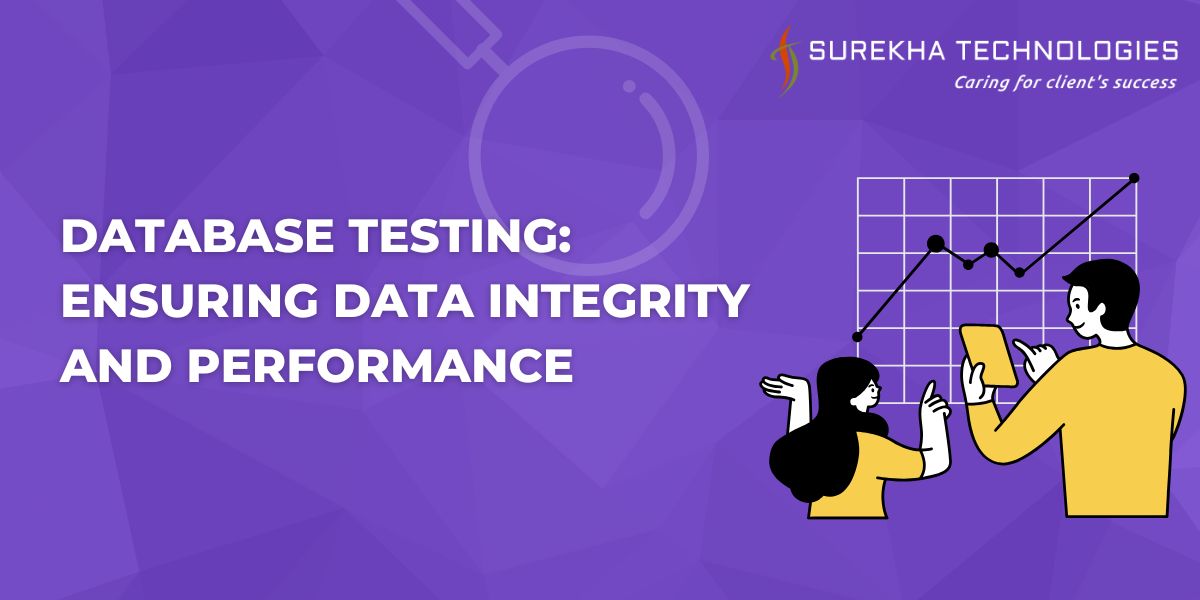
Database testing is the process of verifying the correctness of data stored in a database, based on GUI inputs. It ensures the quality, accuracy, and security of the data, comparing expected and actual outputs as specified in test cases.
Facing Database Challenges?
Are you dealing with issues related to data integrity, performance, or security? Database testing can help address these challenges effectively.
Types of Database Testing
- White Box Testing
- Involves testing tables, rows, columns, logic, functions, and triggers.
- Black Box Testing
- Functional Testing: Includes DML operations, data mapping, and data integrity checks.
- Non-Functional Testing: Focuses on performance and security testing.
Sample Table: ‘Employee’
| Emp_ID | Emp_Name | Emp_Salary |
| 01 | Abhisar | 20000 |
| 02 | Ankit | 60000 |
| 03 | Jyoti | 55000 |
Developers provide the table name and database setup, and testers use DML commands (Select, Insert, Update, Delete) for database testing.
Common DML Commands
- Select: Retrieves data from the database.
- Syntax: Select * from Table_Name;
- Example: Select * from Employee;
- Insert: Adds new records to the table.
- Syntax: Insert Into Table_Name (Column1, Column2, Column3) Values (Value1, Value2, Value3);
- Example: Insert Into Employee (EMP_ID, EMP_Name, EMP_Salary) Values (01, ‘Abhisar’, 20000);
- Update: Modifies existing records.
- Syntax: Update Table_Name Set Column1 = Value1 where condition;
- Example: Update Employee Set EMP_Name = ‘Abhisar’ where EMP_ID = 01;
- Delete: Removes records or tables.
- Syntax: Delete from Table_Name where Condition;
- Example: Delete from Employee where EMP_ID = 01;
Manual Database Testing Steps
- Set Up the Test Environment: Prepare the environment as provided by the development team.
- Execute the Test: Run the test cases prepared before starting the database testing.
- Check the Results: Compare the actual output with the expected output.
- Validate the Output: Confirm that the results match the expected output. If they do, the test case passes; otherwise, it fails.
- Report the Results: Communicate the results to the stakeholders.
Common Database Tests
- Data validity checks
- Data integrity tests
- Process tests
- Triggers and database functions
- Performance checks
Key Points on Database Testing
- Involves a layered approach, including data access, UI, business, and database layers.
- Conducted in a controlled testing environment.
- Subjects the database to various stressors, such as running complex queries to evaluate responsiveness and functionality.
- Involves testing DBMS like Oracle and SQL Server.
Conclusion
In addition to core database testing, we offer comprehensive QA testing services to ensure the overall quality of your applications. This includes rigorous database testing to guarantee the reliability, performance, and integrity of your data systems. Since databases are the backbone of most modern applications, ensuring their proper functionality is essential.







